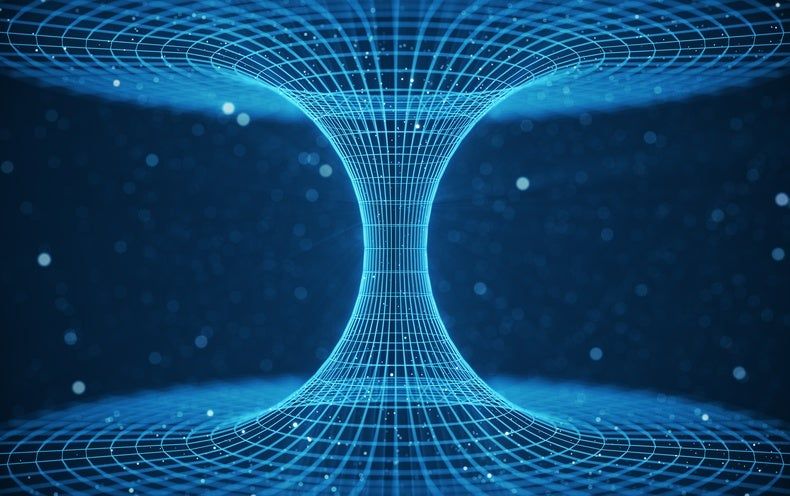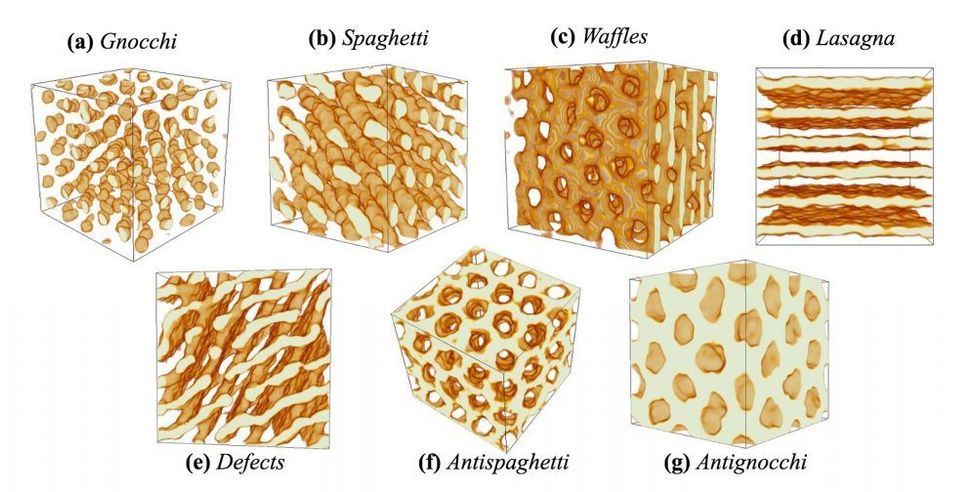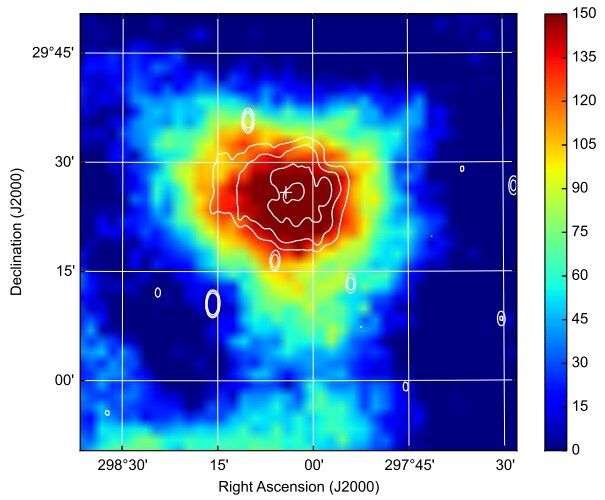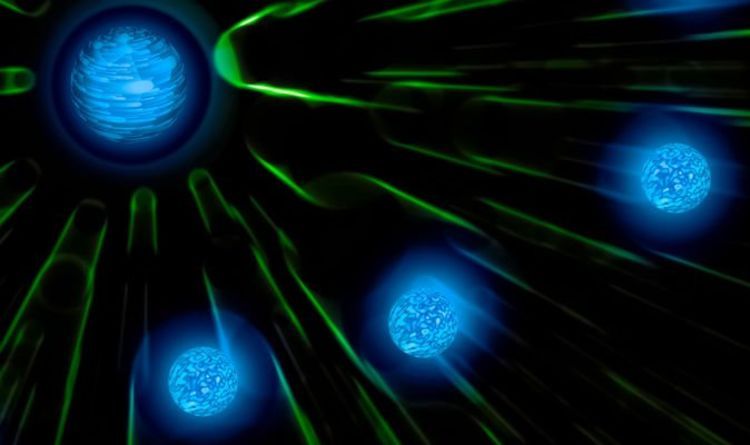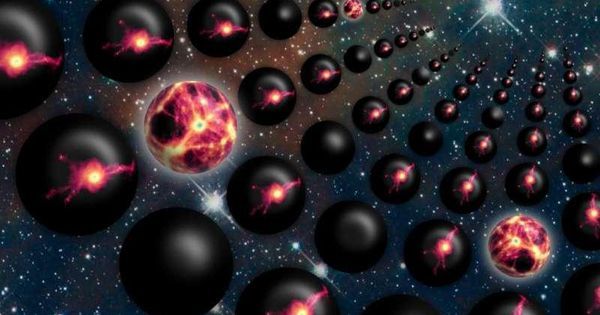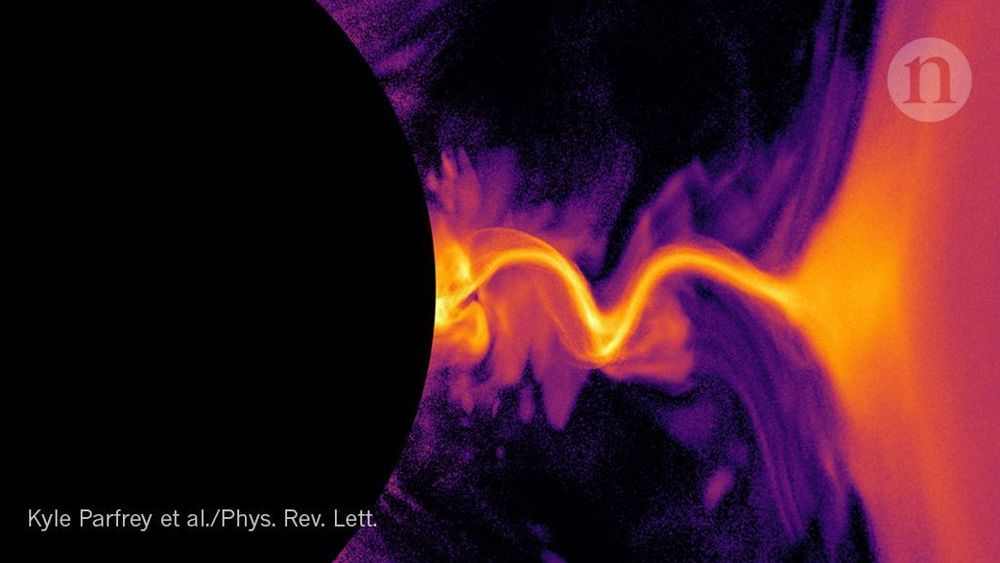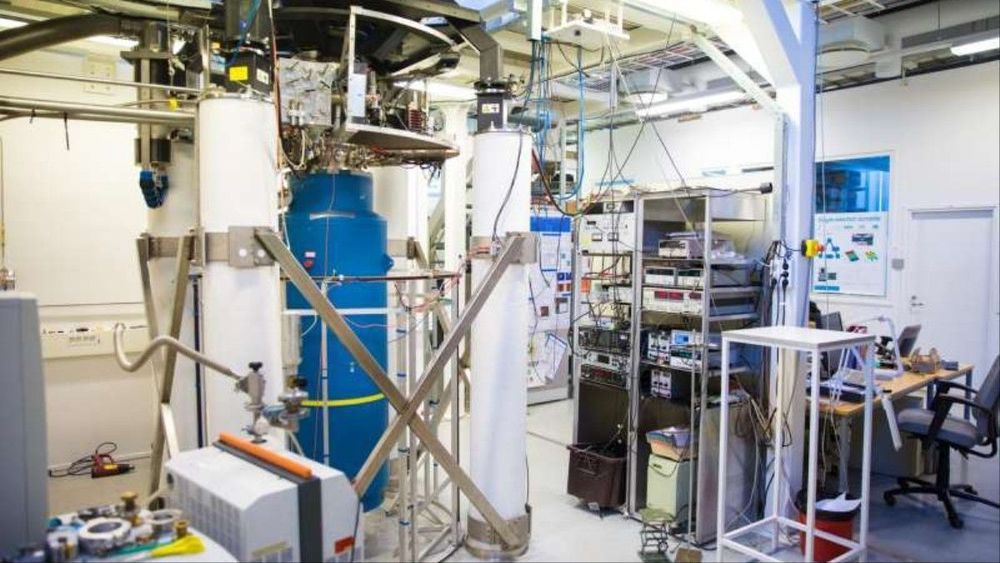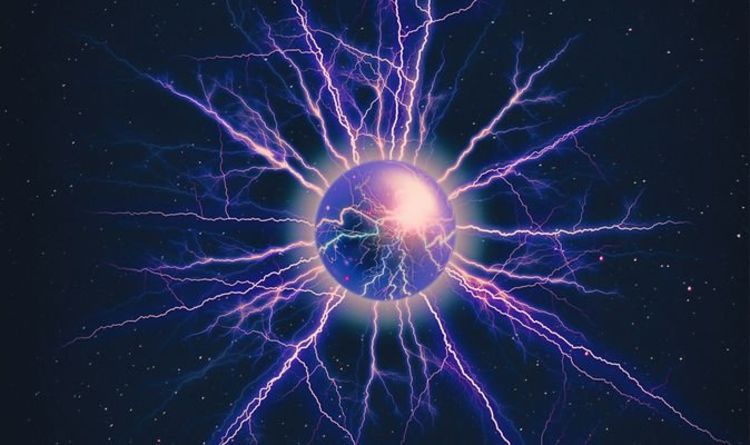Archive for the ‘cosmology’ category: Page 320
Everyday Einstein explores the far reaches of our universe (and beyond)
- By Everyday Einstein Sabrina Stierwalt on May 29, 2019
May 29, 2019
Neutron star material is ten billion times stronger than steel
Posted by Quinn Sena in categories: cosmology, physics
Neutron stars are born after supernovas, an implosion that compresses an object the size of the sun to about the size of Montreal, making them “a hundred trillion times denser than anything on earth.” Their immense gravity makes their outer layers freeze solid, making them similar to earth with a thin crust enveloping a liquid core.
This will help provide better understand gravitational waves like those detected last year when two neutron stars collided. The new results even suggest that lone neutron stars might generate small gravitational waves.
May 27, 2019
Astronomers investigate pulsar wind nebula DA 495
Posted by Genevieve Klien in categories: cosmology, particle physics, space travel
Astronomers have carried out a multiwavelength investigation of a pulsar wind nebula (PWN), designated DA 495, to unveil its mysterious physical nature. Results of the study, based on observations using HAWC and VERITAS ground-based observatories as well as NASA’s NuSTAR spacecraft, are presented in a paper published May 17 on arXiv.org.
Pulsar wind nebulae (PWNe) are nebulae powered by the wind of a pulsar. Pulsar wind is composed of charged particles; when it collides with the pulsar’s surroundings, in particular with the slowly expanding supernova ejecta, it develops a PWN.
Particles in PWNe lose their energy to radiation and become less energetic with distance from the central pulsar. Multiwavelength studies of these objects, including X-ray observations, especially using spatially-integrated spectra in the X-ray band, have the potential of uncovering important information about particle flow in these nebulae. This could unveil important insights into the nature of PWNe in general.
Continue reading “Astronomers investigate pulsar wind nebula DA 495” »
May 27, 2019
Dark matter BREAKTHROUGH? CERN experiment hunts down dark photon particles
Posted by Genevieve Klien in categories: cosmology, particle physics
PARTICLE physicists at the European Organization for Nuclear Research (CERN) are tracking down elusive particles of dark matter with the aid of dark photons, CERN has spectacularly announced.
May 24, 2019
Could Parallel Universes Be Physically Real?
Posted by Quinn Sena in category: cosmology
May 23, 2019
Black-hole jets begin to reveal their antimatter secrets
Posted by Quinn Sena in categories: cosmology, particle physics
The first simulations of matter and antimatter particles swirling around a rotating black hole hint at the origins of the enigmatic jets. The first simulations of matter and antimatter particles swirling around a rotating black hole hints at the origins of the enigmatic jets.
May 23, 2019
Physicists Created Quantum Structures That May Have Birthed Dark Matter
Posted by Quinn Sena in categories: cosmology, quantum physics
Some cosmologists have predicted the existence of “walls bounded by strings” in the aftermath of the Big Bang, and now a team of physicists have created these quantum structures on Earth for the first time.
May 22, 2019
Tiny droplets of early universe matter created
Posted by Quinn Sena in categories: cosmology, particle physics
An international team of scientists has created tiny droplets of the ultra-hot matter that once filled the early universe, forming three distinct shapes and sizes: circles, ellipses and triangles.
The study, published December 10, 2018 in the peer-reviewed journal Nature Physics, focuses on a liquid-like state of matter called a quark gluon plasma. Physicists believe that this matter filled the entire universe during the first few microseconds after the Big Bang when the universe was still too hot for particles to come together to make atoms.
The researchers used a massive collider at Brookhaven National Laboratory in Upton, New York, to recreate that plasma. In a series of tests, the researchers smashed packets of protons and neutrons in different combinations into much bigger atomic nuclei. They discovered that by carefully controlling conditions, they could generate droplets of quark gluon plasma that expanded to form three different geometric patterns.
Continue reading “Tiny droplets of early universe matter created” »
May 21, 2019
Dark Matter BOMBSHELL: Could THIS theory explain mystery substance? ‘It explains it all’
Posted by Quinn Sena in categories: cosmology, particle physics
DARK matter binds together our galaxy and many others like it when though we cannot see it or directly detect it – but what if the dark matter mystery could be solved using black holes and subatomic particles known as axions?

